Worsted Yarn — A Yarn Guide For Beginners
What is worsted yarn? What is its composition? There are so many questions when you just start crocheting or knitting and see all the recommendations with the patterns. Pfft, let’s find the answers!
This post contains affiliate links. That means we may earn a commission if you purchase through one of these links. And we’ll also be grateful for your support 🙂
The worsted-weight yarn has long fibers. It is a smooth, well-twisted yarn with a uniform section. The fibers stand parallel in it. The special machine combs short and tangled threads to obtain parallel fibers of the same standard length. Thus, items you’d create with such yarn will have a smooth surface. It fits most crocheting and knitting projects.
Ordinary wool is made from much shorter fibers than worsted and has a rougher, tousled surface. That is the main difference between them. But let’s study this question in more detail.
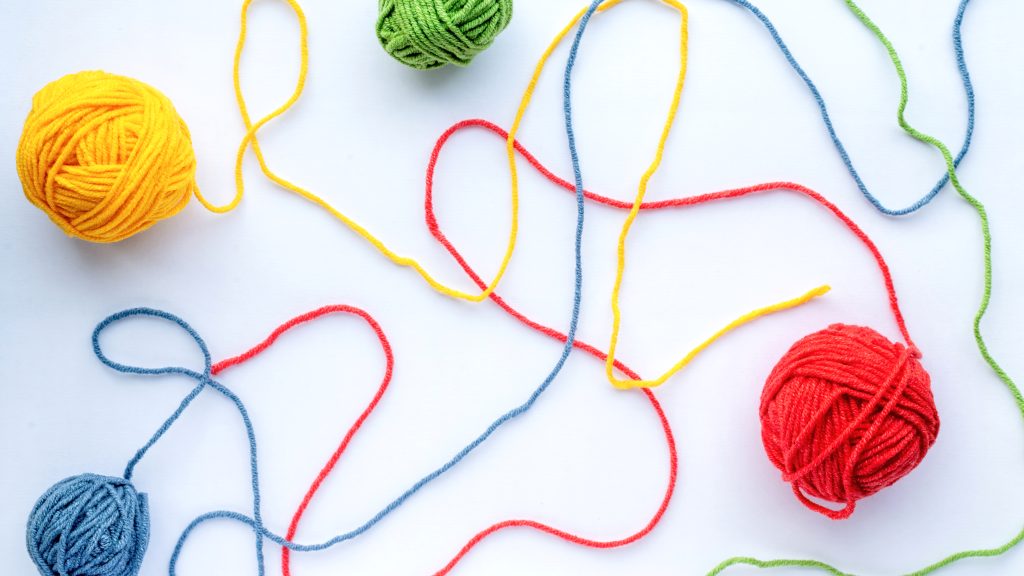
The yarn classification
Different types of yarn are classified according to the spinning method, fiber type, number of layers, twist, and other characteristics. The gauge or yarn size is also essential in determining its use. The most common classification system is the American Society for Testing and Materials (ASTM) international standards.
Spinning method
The spinning method used to produce yarn affects its properties and characteristics. There are three main ways of spinning — worsted, semi-worsted, and woolen.
Worsted yarn is firmer and smoother than wool or wool blend but is more expensive. Wool blend yarn has some of the properties of worsted and wool yarns.
Fiber type
The fiber type also affects its properties. The most common fibers are wool, cotton, silk, linen, acrylic, and polyester. Each type has its characteristics that transfer the finished yarn. For example, wool fibers are elastic and have natural fluff, while cotton fibers are firm but not as elastic.
Number of layers
The number of layers is also substantial. A ply is one strand of twisted fibers woven with one or more other strands to make a thicker thread (yarn). The yarn may be of one layer (single), two layers (double), or several layers (multilayer). Choose a single-ply yarn for lighter garments like a scarf, and multilayered yarn for mittens, for example.
Twist of yarn
The twist of yarn is another important factor affecting its properties. The twist is the number of times the fibers spin around each other per inch (or cm) in a layer. More twist makes the yarn more robust but less flexible, while less twist makes the yarn more flexible but weaker. Yarn can be s-twist or z-twist, depending on the spinning direction. S-twist — clockwise, and z-twist — counterclockwise.
Different types of fabric require different types of yarn — for example, knitwear needs a more stretchable and softer yarn, while carpet needs a stronger and stiffer one.

What information can you find on a yarn label?
The fiber content indicates what the yarn is made of. Common fiber types include wool, cotton, acrylic, and nylon. You may also see wool/acrylic or cotton/polyester. blends
The yarn weight system refers to the thickness of the individual strands of yarn, which affects how dense the fabric will be and how many yards/meters it will take. The most common yarns are fingering, sport, dk (double knit), worsted, bulky, and super bulky.
Width measures how many stitches and rows you’ll get in a given area with a given yarn. It is usually stated in stitches per inch (or sometimes per centimeter) and can be from 2 to 8 stitches per inch. More width means tighter fabric with less drape; smaller width means looser fabric with more drape.
Care Instructions advise how to wash and care for the finished product so that it lasts as long as possible.
You can also find the recommended crochet hook size and needle size that are appropriate to this particular yarn.

What does all that mean for you?
Layering
Layering means how many threads are in the final yarn product. A single-ply yarn implies only one thread, while a multi-ply yarn means a few. Worsted yarn usually has 1 to 8 plies.
Ply means the number of threads and how these threads were twisted together. For example, if all of these individual strands were rotated clockwise and then turned into one large strand, this is called s-plied (or right-handed). If they were all twisted counterclockwise before being combined into one large strand, it is called z-plied (or left-handed). Ply can also give us an idea of whether our finished project will have more or less stretch.
Fiber content
The fiber content tells you the materials used to make each thread in the selected yarn. Usually, they include wool, acrylic, and cotton, but there are others, such as silk, bamboo, and linen. It also tells us whether it is natural or synthetic fibers; for example, 100% wool would be classified as natural, and 100% acrylic — as synthetic.
For example, if you’re looking for something warm and cozy, wool is your best bet. While if you need something easy to care for and machine washable, acrylic might be a better choice.
Thread gauge
The thread gauge means how thick or thin each thread is in the yarn. It measures in wraps per inch (wpi) or needle sizes. For example, a thick wool blend of yak down may have a thickness of 16 wraps per inch, while a thin cashmere silk blend may have a thickness of 28 wraps on size 0 (2 mm) needles. Knowing the parameter can help save time when starting new projects. It lets you know right away if your tension/gauge pattern is up to par. You can also decide whether to change the needles or hook size to get the needed results.
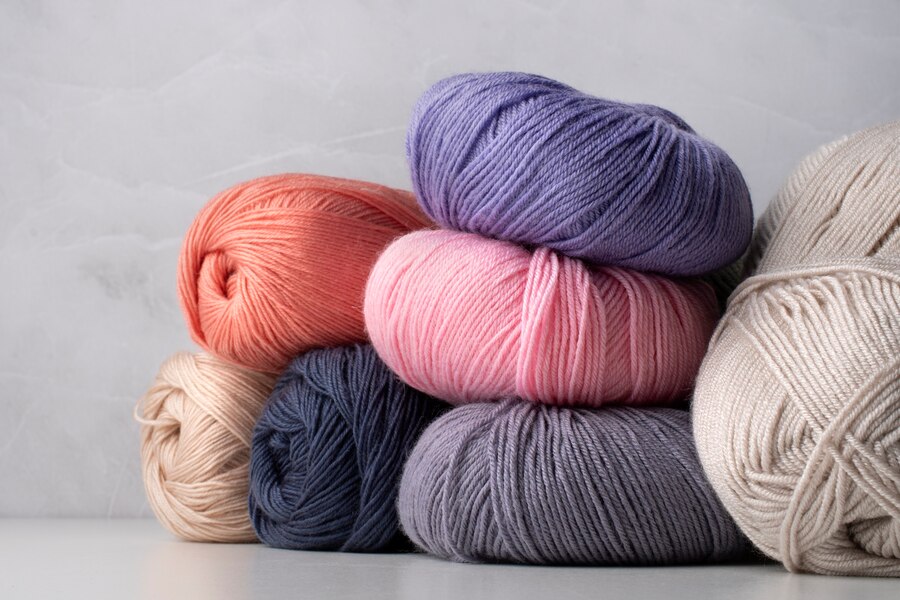
So, what is worsted yarn?
Worsted is a type of medium-weight yarn made from combed long pile wool. Wool is first washed and then brushed to remove all impurities. The fibers are then combed to align them in one direction. Then they are spun into yarn. It is a smooth and durable yarn that makes it ideal for many knitting and crochet projects.
You may also ask what is an aran weight yarn. It is a type of wool yarn from carded wool. Unlike worsted yarn, nobody combs the fibers in it. This gives it softness and makes it more comfortable to wear. It is also less prone to creases than worsted yarn.
Popular Worsted Weight Yarns
It’s not a problem to buy worsted yarn because almost every producer offers a wide selection of colors and blends. I chose the 10 most loved by me and share this list with you:
- Lion Brand 24/7 Cotton — tons of color options and 100% cotton makes this yarn perfect for any of my projects. Colors are stable even after multiple wash cycles.
- Lion Brand Chainette Yarn — it’s a 70% baby alpaca, 18% virgin wool, and 12% polyamide blend that works wonderfully for baby clothes and various sweaters, cardigans, and ponchos for adults.
- Scheepjes Chunky Monkey is a hypoallergenic 100% premium acrylic yarn with a vast color palette. Its anti-pilling finish makes it an excellent choice for often-to-use items, such as blankets or hats.
- Lion Brand Wool-Ease yarn — I love the natural color palettes on this wool blend yarn. It goes well for pullovers, scarves, and beanies for adults and kids.
- Lily Sugar ’n Cream — the 100% cotton worsted-weight yarn with a natural color range and some ombre variants includes. Suitable for many projects.
- Patons Baby Smiles Fairytale Fab — this 100% acrylic worsted-weight yarn is tested explicitly for children and is absolutely safe. So I make my baby projects with it.
- West Yorkshire Spinners The Croft — oh, it’s a 100% shetland wool for soft and silky texture and extra warmth. I like the colorways this yarn offers.
- Lion Brand Mandala Ombre — if you like ombre look in blankets, mandalas, scarves, and other projects, try this 100% premium acrylic yarn. You’ll get an adorable result.
- Caron Simply Soft — when it comes to extra softness, choose this medium-weight yarn. It’s a good choice for baby blankets, hats, scarves, throw blankets, and other projects.
- Premier Anti-Pilling Everyday Worsted — if you’re going to knit or crochet an item for everyday use, you’ll appreciate the anti-pilling properties of this 100% acrylic yarn. It’s a good choice for the whole family.
Where to buy worsted yarn?
Click on the yarn names above, and the link will transfer you to the official stores.
Has it become more transparent? Now you can choose one of the Free Knitting Patterns or Free Crochet Patterns. Enjoy!

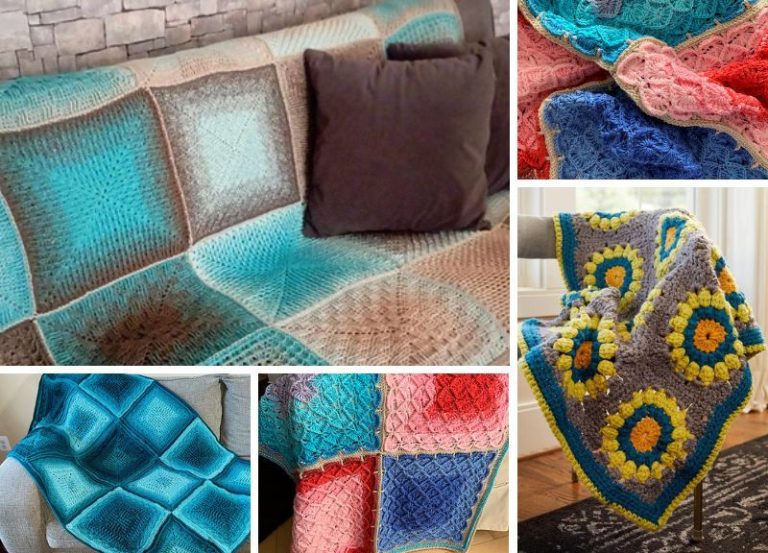
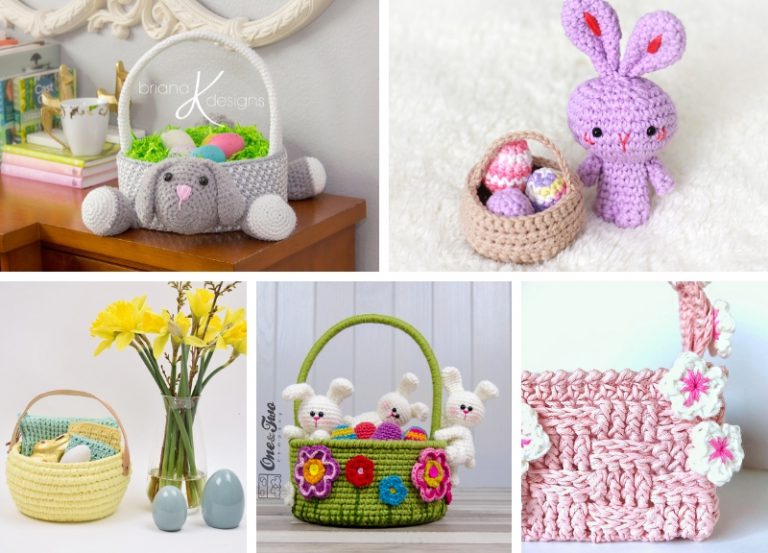
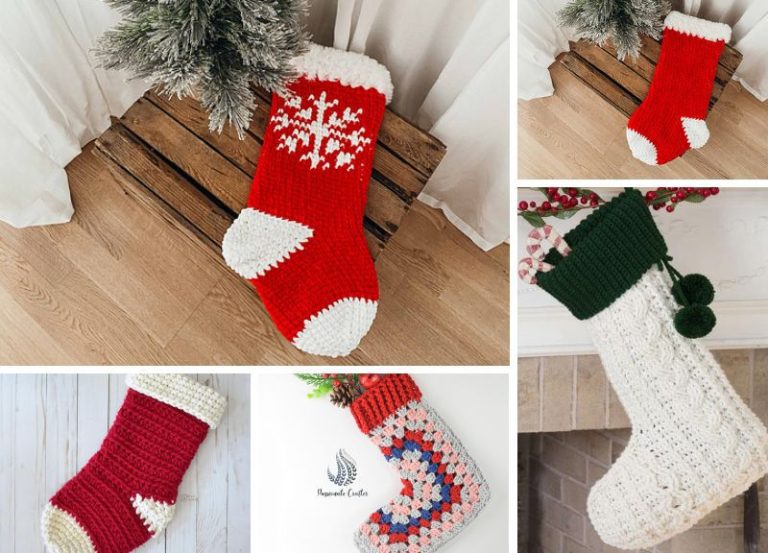
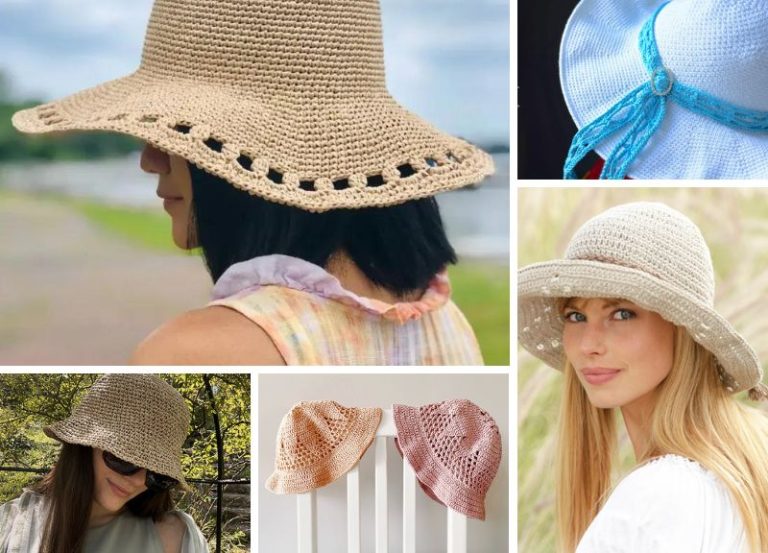
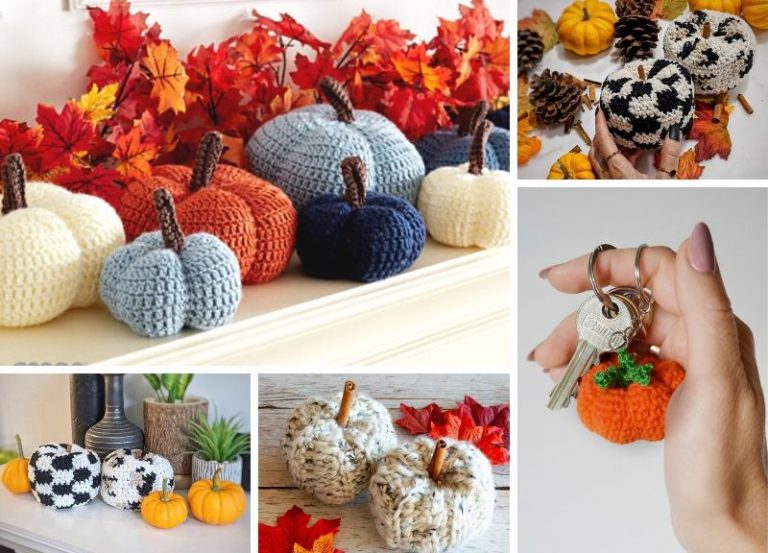
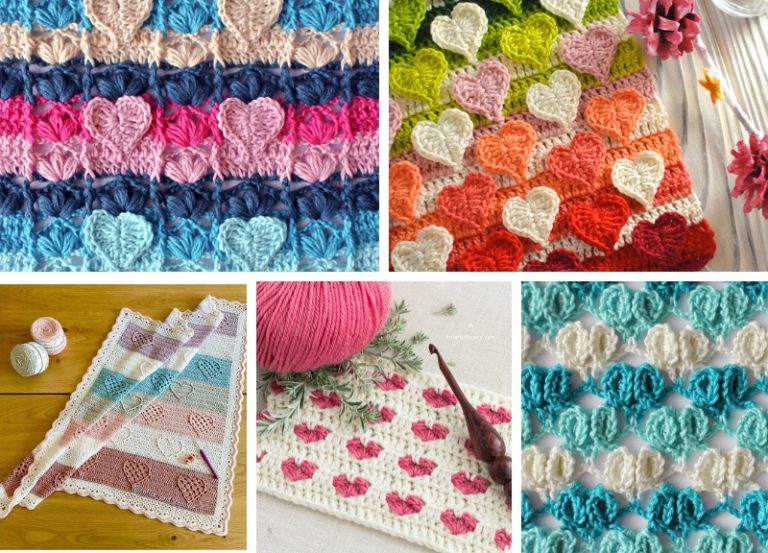
[…] it. Choose a light, soft fabric to snuggle with in warm months and get its coziness. Or take a worsted yarn, and it will work up too. Enjoy your […]
[…] a ’90s feel. This ripped cardigan looks like it could have come from Kurt Cobain. Choose any worsted weight acrylic yarn for a better effect and get started. The free step-by-step crochet pattern is […]
[…] This crochet blanket is made using a special mosaic crochet technique. The designer recommends the worsted-weight yarn for the photo effect, but you can use any yarn you like. The project is easy to complete with […]
[…] through the process and the cables won’t be a problem. The piece is worked in the round using worsted weight yarn to keep your hands safe. This cup cozy knitting pattern comes in one versatile […]
[…] on the project. But usually, crocheters use a fingering weight yarn for small flowers and DK or worsted-weight yarn for most […]
[…] vary by pattern but typically include yarn (wool, acrylic, cotton, or blends), a crochet hook, buttons or zippers, and, occasionally, lining […]